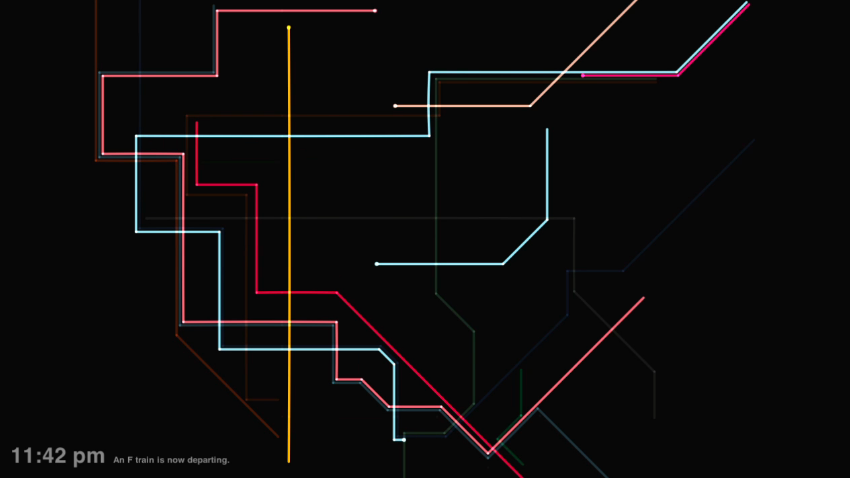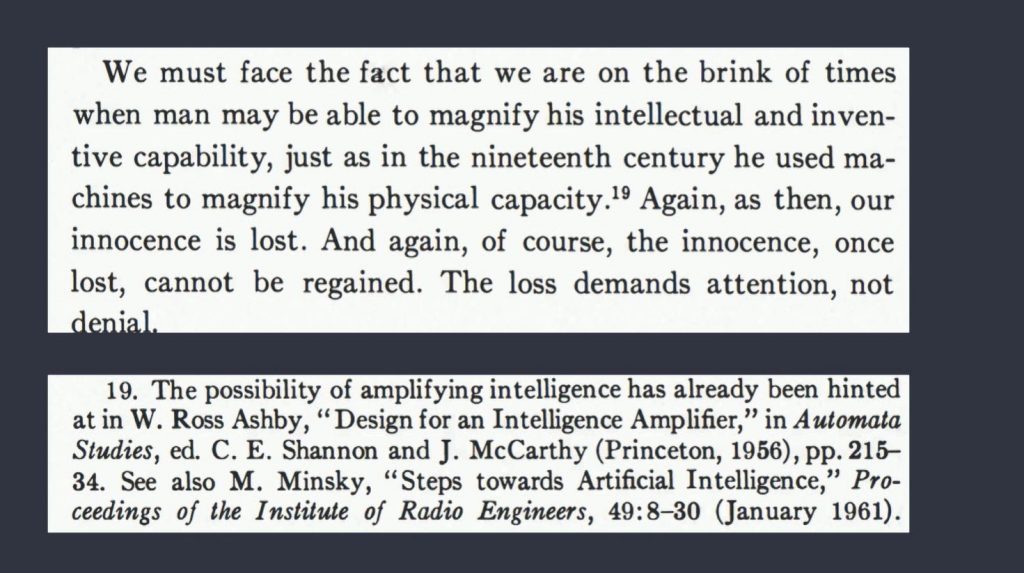Adam Harvey is an artist based in Berlin. He graduated from the ITP program at NYU and before that, he majored in engineering and photojournalism at Penn State. His work focuses on computer vision, digital imaging technologies and he often gives talks about data and computer vision. Many of his works center around the idea that the collection of images of people has become normalized, however it is still largely unregulated and problematic because they may not know what their images are being used for or even if images of them are being captured. I find his works interesting because they explore implications of invasions of privacy and with his work, how visualizations and reports can allow people to understand how images are being used to power the facial recognition industry. One project in particular, Researchers Gone Wild, showcases discoveries made during his other research project, MegaPixels, but it makes the information more visual. Additionally, when looking at how he presents his research projects, I noticed that there was not a lot of text on the screen and was more visual which is something that I could incorporate into my presentations because it is more engaging for viewers.

![[OLD SEMESTER] 15-104 • Introduction to Computing for Creative Practice](../../wp-content/uploads/2023/09/stop-banner.png)


